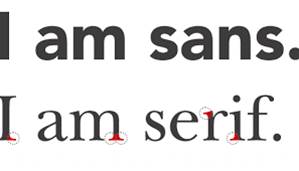Audience: Reception theory
Stuart Hall is a cultural theorist who looked at the relationship between the text and the audience. He suggested that meanings are fluid and open to interpretation depending on context and the consumer’s experiences as individuals as well as communities.
Hall states there are three readings to any media text:
Preferred reading
The meaning the producers intend to communicate. This builds on the idea that producers can position the audience in a certain way and influence their reading so they accept the intended message by using recognised codes and conventions (such as stereotypes).
Negotiated reading
Somewhere between the preferred and oppositional reading. The message is modified (partly accepted and partly rejected) depending on the individual experiences of the audience (e.g their age, gender or social class).
Oppositional reading
The oppositional reading goes against the meaning the producers are trying to create. The audience reject the intended message and construct an opposite reading instead. This can be due to their own social, political or moral beliefs and values.
Reception theory: blog task
Create a new blogpost called 'Reception theory'.
1) What is the preferred reading of a media text?
The idea that the producer is intending to connotate.
2) What is the oppositional reading of a media text?
The intended meaning being rejected in favour of the construct of an opposing one.
3) How does the Harry Brown trailer position the audience to respond to the teenage characters in the film?
4) Why might young people reject this reading and construct an oppositional reading of the trailer?
They might feel that they do not accept or relate to the idea that the producer is trying to get across, finding it unsuitable to their preferences and idealologies.
Look at this McDonald's advert:
5) Write a 150+ word analysis of the McDonald's advert using preferred, negotiated and oppositional readings.
The hamburger is disguised as a sandwich but is actually a meal, suggesting that it will satisfy your hunger and fill you, being worth the money. There is a singular burger advertised to get this point across, essentially saying "you will only need to buy this and we can guarantee you will be satisfied". The producers are intending that if you buy their product, it will live up to its advertised expectations as a fulfilling meal. Though the fact that it's only one sandwich begs the question of how calorific it is and if what you're eating is worth the hours of exercise you'll have to conduct in order to burn it off. It being 'fulfilling' might raise some red flags as it deems you will be fulfilled, which is concerning as having a meal compacted into one sandwich makes it sound quite unhealthy. Though the consumers are surely aware that fast food is unhealthy regardless, so maybe it counteracts as it is being bought responsibly.



Comments
Post a Comment